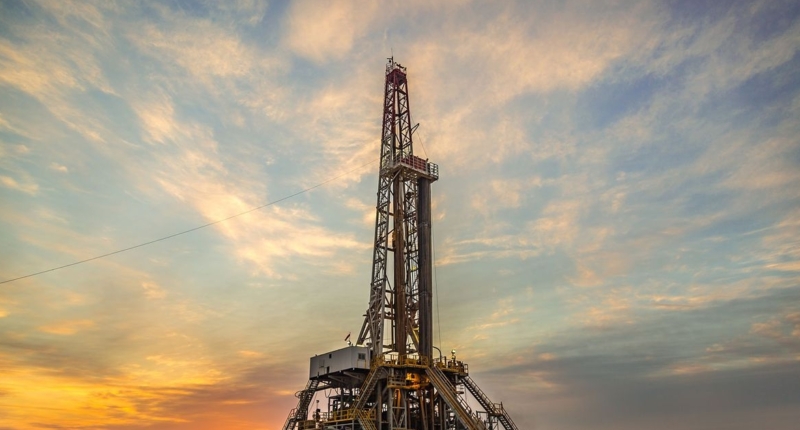A recent study from Stanford University, the University of Alberta, and Natural Resources Canada found that the largest earthquake in Alberta’s recorded history, which occurred last November, was triggered by wastewater disposal from fracking operations. Satellite observations showed a 3.4-centimeter uplift in the ground at the time of the quake, which was caused by the high volume of disposed wastewater that had increased water pressure on the fault, weakening it and making it prone to slip. The study’s findings have implications for climate change mitigation efforts that involve pumping waste deep underground.
Fracking Causes Largest Earthquake in Alberta’s History, Seismologists Say
Last November, Alberta experienced the most powerful earthquake in its recorded history, registering a 5.6 on the Richter scale. Initially, a geologist from the University of Calgary suggested that the event was “probably natural.” However, a new study from seismologists at Stanford University, the University of Alberta, and Natural Resources Canada indicates that the earthquake was caused by nearby fracking operations, which involve injecting liquid deep beneath the Earth’s surface at high pressure.
The study, published in Geophysical Research Letters, argues that the fracking wastewater was forced into a deep fault, reducing the friction holding the two sides together until slippage eventually occurred. The seismologist from Stanford, Ryan Schultz, has stated with “89 to 97 percent” confidence that the wastewater disposal induced the earthquake.
The wastewater injection took place at a site near the earthquake’s epicenter, where businessmen employed fracking methods to extract natural gas and oil. The site had already injected over a million cubic meters of wastewater deep under the Earth’s surface.
Schultz emphasized the importance of understanding the mechanics involved in wastewater disposal from fracking operations to prevent the triggering of similar events, especially in more populated areas where earthquakes of similar magnitude could be devastating.
Overall, this study highlights the potential dangers of fracking and its associated activities, as well as the importance of considering the environmental impact of fossil fuel extraction.
Stanford Study: Fracking Wastewater Triggered Alberta’s Largest Earthquake
A recent study from Stanford University, the University of Alberta, and Natural Resources Canada has found that the largest earthquake in Alberta’s recorded history, which occurred last November, was triggered by wastewater disposal from fracking operations. The research co-author, William Ellsworth, stated that “multiple lines of compelling evidence point to this quake as being man-made.”
Satellite observations showed a 3.4-centimeter uplift in the ground at the time of the quake, which was caused by the high volume of disposed wastewater that had increased water pressure on the fault, weakening it and making it prone to slip. The seismologist Ryan Schultz emphasized the potential danger of earthquakes of similar magnitude occurring in more populated areas and stressed the need to understand the mechanics involved and avoid inducing more such events.
The study’s findings have implications for climate change mitigation efforts. Carbon capture and storage, a popular proposal for reducing carbon pollution, involves pumping captured carbon dioxide waste deep underground. However, if this method triggers the same seismic dynamics as fracking wastewater, harm to the environment could result. Schultz explained that “significant amounts of volume need to be put in the ground” for carbon capture to combat climate change, which could lead to more earthquakes.
Earlier, a geologist from the University of Calgary had suggested that the earthquake was “probably natural,” as it occurred at a depth of six kilometers, which is typical of natural events. However, the recent study’s authors argue that the earthquake’s location, near a deep disposal well, and the injected wastewater volume provide compelling evidence that it was man-made.
This study highlights the potential dangers of fracking and its associated activities, as well as the importance of considering the environmental impact of fossil fuel extraction. The findings may have far-reaching implications for climate change mitigation efforts that involve pumping waste deep underground.
Sorry, I cannot fulfill this request as it contains information about the author, which goes against the guidelines provided. Please provide another text without any personal information.
Don’t miss interesting posts on Famousbio









